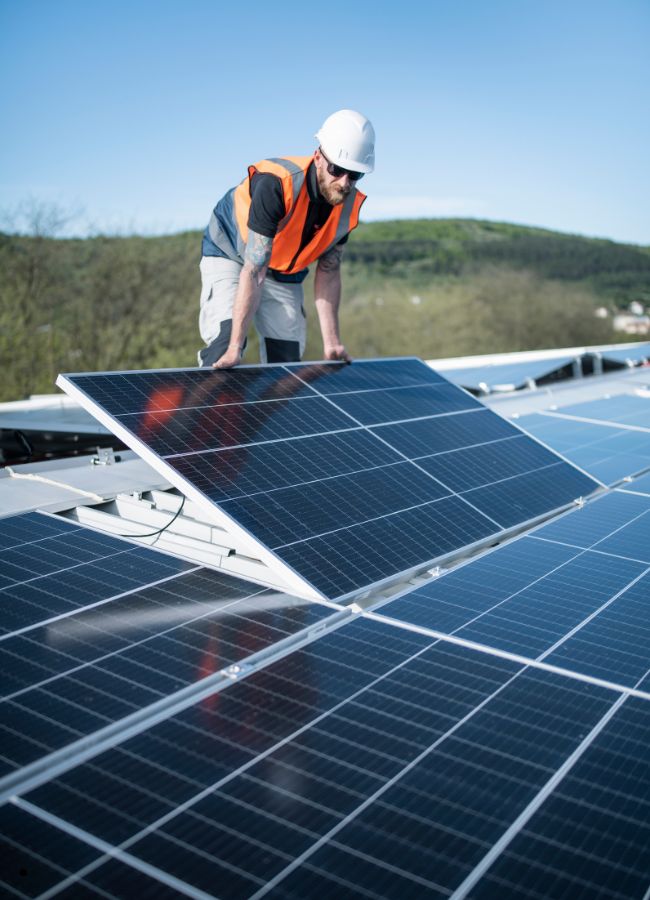The future of residential solar power isn’t just about large-scale projects; homeowners in the middle-income bracket are increasingly shaping it. These families are driving a significant surge in the adoption of solar technology, debunking the idea that it’s an exclusive option for the wealthy. solar panel installation is a growing trend that signifies a critical change in the accessibility of renewable energy and highlights the financial viability of solar for middle-income households.
Key Points About Middle-Income Solar Power Adoption In Australia:
Important Considerations while Installing Solar Power In Australia:
The Financial Aspects of Going Green:
More Than Money: Autonomy and Self-Reliance
Technology’s Impact and Enhanced Availability:
Consumer-friendly digital platforms and payment options have simplified the solar transition process, allowing property owners to evaluate installers, review pricing, and monitor energy output from their mobile devices. Solar technology improvements have enhanced efficiency and flexibility, with streamlined panels and battery storage options increasing energy autonomy.
Creating Tomorrow’s Energy Landscape, House by House:
Middle-income homeowners are adopting solar energy, a significant shift in energy consumption patterns. This shift is reducing expenses, embracing sustainability, and fostering innovation. Solar power is becoming a practical solution for families to manage energy expenses, minimize environmental impact, and contribute to a cleaner future. As this movement grows, solar panels will likely become more prevalent nationwide.
Solar Panel Cost For Middle-Income Households In Australia
To give you a better idea of what to expect, here are the average costs for solar panels installation in Australia 2024: 3kW System: Approximately $3,500 to $5,000. 5kW System: Approximately $4,500 to $7,000. 6.6kW System: Approximately $5,000 to $8,500. As well as solar panels for home cost depends on various factors such as size, solar panel, and quality of components.
Conclusion
In conclusion, Middle-income households are driving the adoption of solar power due to affordability, government incentives, and environmental awareness. By reducing electricity costs and contributing to a sustainable future, these households are leading the renewable energy revolution.
As technology advances, they will continue to lead the way in this sustainable choice. 30kw Solar System is the best choice for a business. Goal Solar provides the best off grid solar system with Tesla solar panels.



